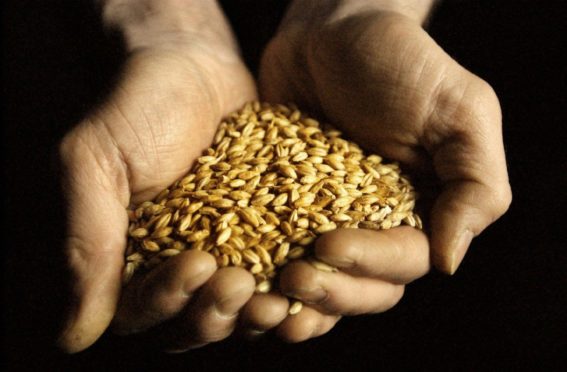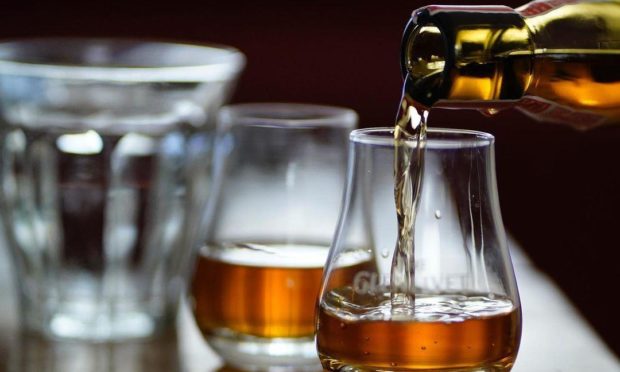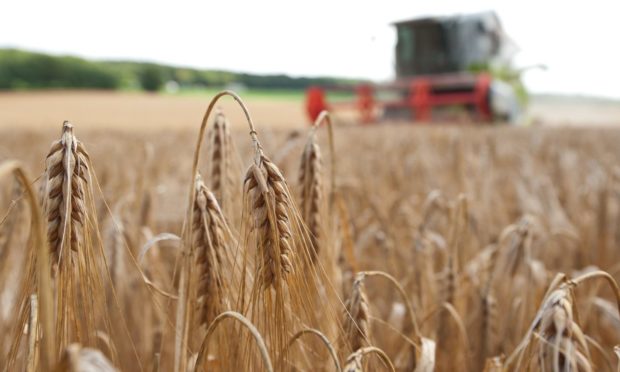One of the UK’s biggest maltsters – Pauls Malt – enjoyed a rise in profits last year despite Covid-19 pressures on its brewing and distilling customer base.
Accounts for Pauls Malt, which is part of the Boortmalt group and has sites at Buckie and Glenesk, Montrose, show a slight rise in pre-tax profits to £9.875 million for the year to June 30, 2020. This is up from £9.725m the year before.
The firm, which also has sites at Knapton in North Yorkshire and Bury St Edmunds in Suffolk, posted a 7.5% drop in turnover for the year to £120.951m, from £130.729m previously.
The accounts, filed with Companies House, reveal the bulk of sales were in the UK accounting for £82.157m of turnover – down 20% on the year before.
Sales to the rest of Europe increased by 210% to £24.942m, from £8.046m, while sales to the rest of the world, Africa and Asia decreased to £407,000, £552,000 and £12.893m respectively.
In his report accompanying the accounts, Pauls Malt director Charles Tozer said the fiscal year started well with continued strong performance in the UK and export markets, however the Covid-19 pandemic overshadowed this.
“From late February onwards, we experienced a downturn in demand as the global on-trade and travel retail gradually slowed,” said Mr Tozer.
“From the end of March, there was a shut-down in the UK HORECA [hospitality] sector and whilst many breweries rapidly reorientated their production to the off-trade, malt consumption was reduced in the final quarter of the fiscal year by some 25%.”
He said although many of the company’s whisky distilling customers continued to distil during the pandemic, there were “significant localised reductions” where bottling halls and supply chains could not quickly adapt to Covid-19 safety measures.
“From June onwards, demand stabilised and we experienced an encouraging final month of the financial year,” added Mr Tozer.
He said the highlight of the year was Boortmalt’s parent company Axereal purchasing Cargill’s malt business in November 2019. This increased Boortmalt’s global capacity to 3m tonnes – the largest malting capacity in the world.
“We have increased our geographic reach to the southern hemisphere in Australia and Argentina, and to North America with plants in the US and Canada,” added Mr Tozer.
“Our network of barley buying is now truly global and we are able to engage with the increasingly large global brewers with local solutions in many more markets.”
He said Pauls Malt was investing significant sums of money in sustainability, with the development of science-based targets to reduce its carbon footprint by 2030 and investment in water-saving technology.
“With these sustainability initiatives in mind we are working closely with our customers to develop rigorous methodologies for measuring the footprint of our maltings and with our suppliers to understand more closely the agricultural practice used in growing our barley,” said Mr Tozer.
“Together these initiatives will allow our customers and the consumers of the finished product to be more informed about the sustainability of the finished product and the commitment of the entire supply chain to a better planet.”












